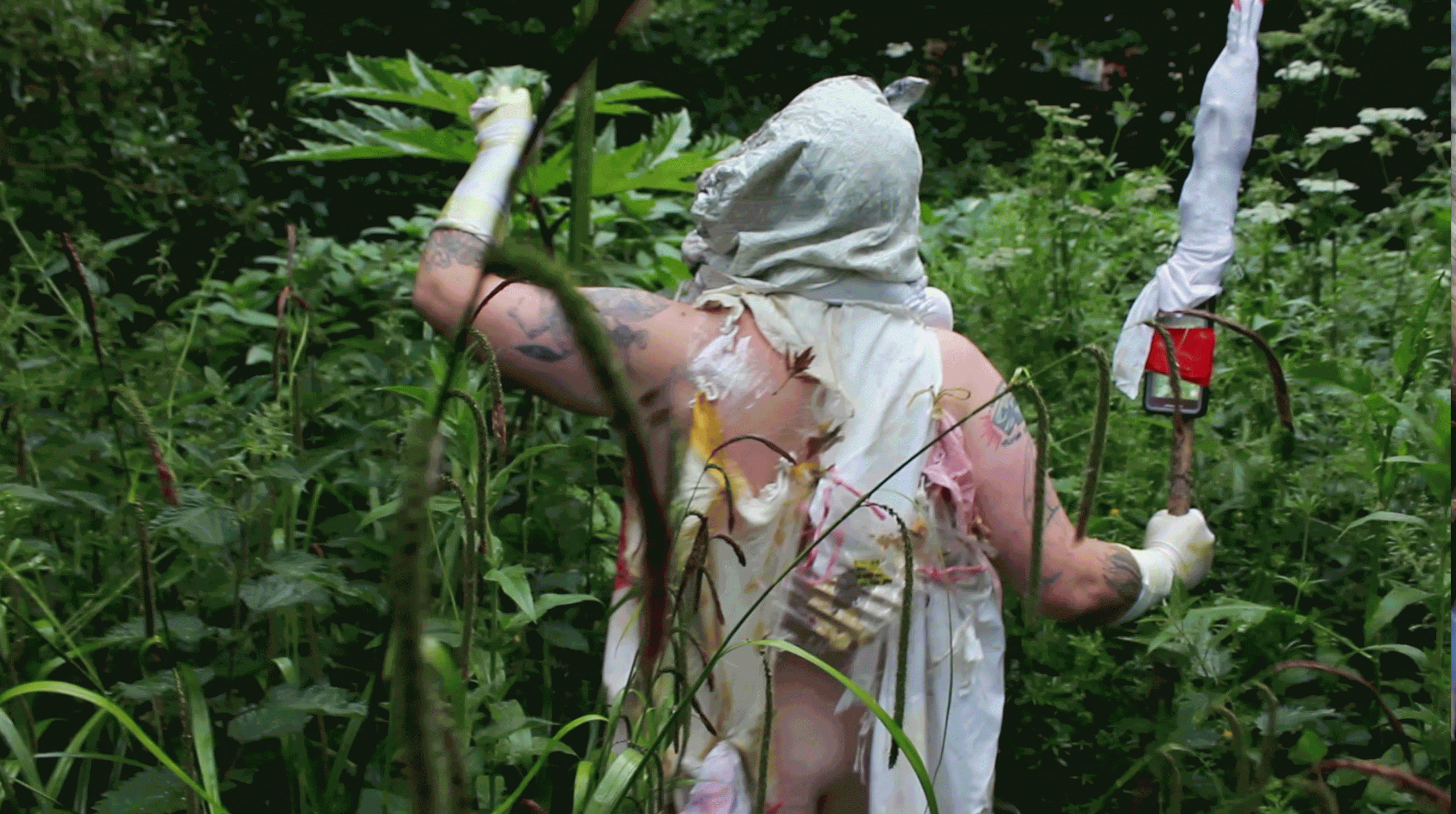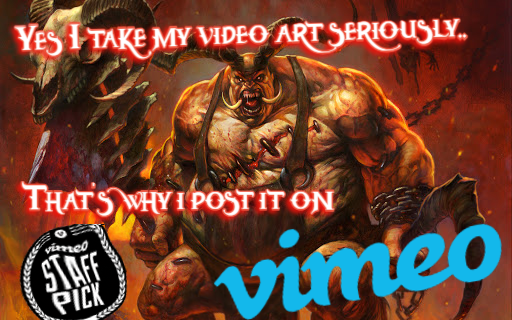Dictionary definitions for ‘path:’
1. a way or track laid down for walking or made by continual treading.
2. the course or direction in which a person or thing is moving.
3. a course of action or way of achieving a specified result.
For this residency I am particularly interested in the first definition, though I have a feeling that the other two definitions are going to be relevant too.
My personal definition (and there are no doubt many holes in my reasoning) is that a path is a line through a landscape along which a person or group of people can travel, generally on foot or in wheelchairs.
Once a vehicle is used, a cycle or car for instance, I think a path becomes a road. However, a track can be a path and it may be used by vehicles or pedestrians.
Then there are ‘ways’ which can also be tracks and may fall into the definition of a road. Ways are generally ancient and are used by foot traffic as well as horse drawn vehicles, for instance bridleways.. (I really like the term ‘way’ to describe a path. Both path and way have multiple meanings, and those meanings include the spiritual and esoteric).
Here I must acknowledge that how I think and write about paths, tracks and ways is totally defined by my ethnic and cultural heritage and the country in which I have lived for most of my life. I’m white British, a mix of Irish, English and a smattering of Scottish and Scandinavian. I grew up in the countryside and do not feel comfortable in urban environments, though I do currently live in a suburb of Birmingham.
My relationship to paths and ways comes from walking or living in the Cotswolds, Wales, the Midlands, Yorkshire and the West and East coast of Britain. I’m not a wild path walker, I’m a traveller of farmland and gentle hills. I’m a hobbit in all the ways that matter.
I vehemently dislike the suburbs, despite my current living situation. I get no joy walking the endless pavements around my home patch. For me, for some reason I’m struggling to define, a pavement is not a path. I mean technically, it is, but it doesn’t feel like a path. Why is that?
There is something about the feeling of containment that a path has, that a pavement doesn’t have. A pavement is an edge, a border. A pavement is a designated space alongside a road built for motor vehicles. It is conceded to pedestrians and can be taken from them at any moment, despite laws meant to protect us. Pavements might be cut by access routes and driveways, blocked by delivery vehicles and cars, used by speedy cyclists as well as those on foot or in chairs. Pavements are contested, disrespected spaces, sometimes aggressively so.
Thinking about pavements and how problematical using them can be, I realise that the paths I walk in the city or suburb are imaginary paths. I regularly follow certain routes around my home, to the shops, to a favourite park, to the bus stop or train station. These routes can be along pavements, down alleyways, across parkland, over roads. There is no physical path on the ground that I am following when I walk these routes, but there is a path inside my head. It’s more like the route marked out on a paper map where it is the pencil line that becomes the path, that makes a path across the symbolic space, where a physical path may not exist.
In conclusion and for the purposes of the work I am exploring during this residency, my definitions of a path are:
1. a path is for people, not motor vehicles.
2. a path is a line through a landscape and this line can be a physical or a conceptual path created by following a route on the ground.
3. path is not a pavement, but a conceptual path may include the use of a pavement
Defining the path – 01

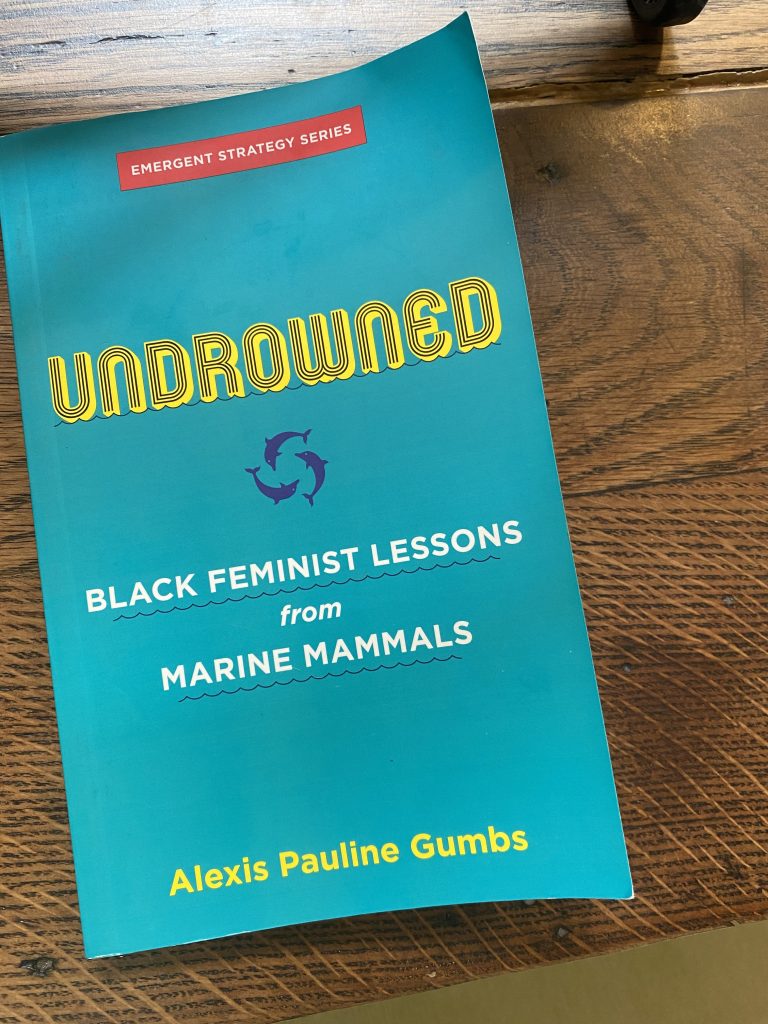
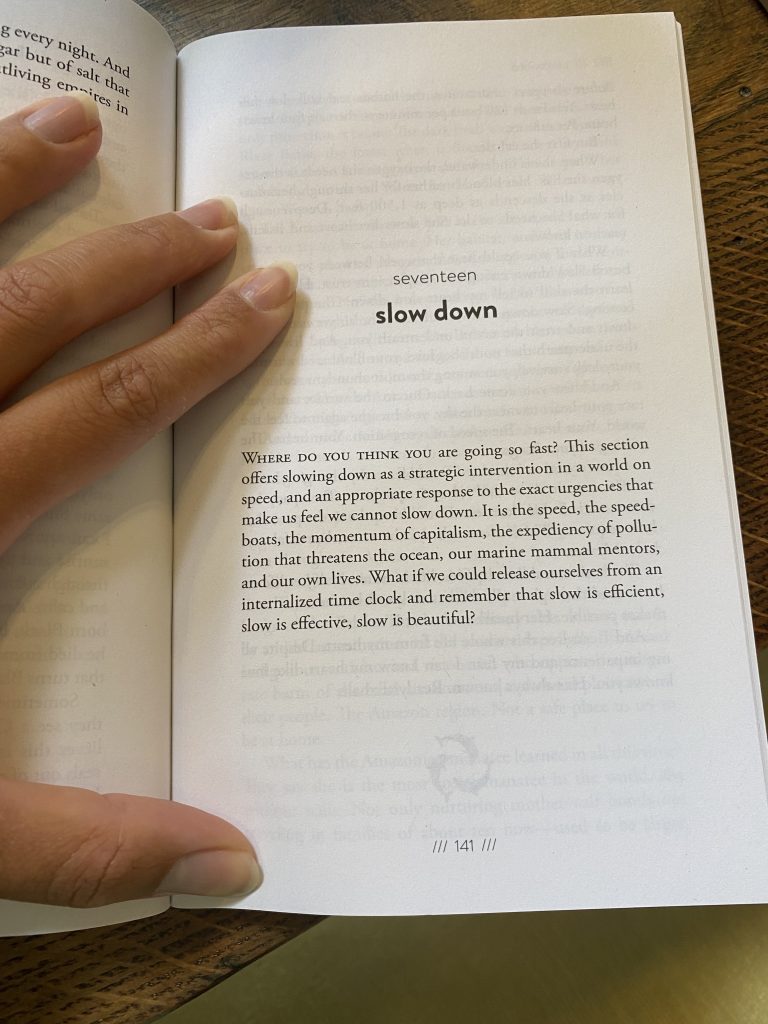
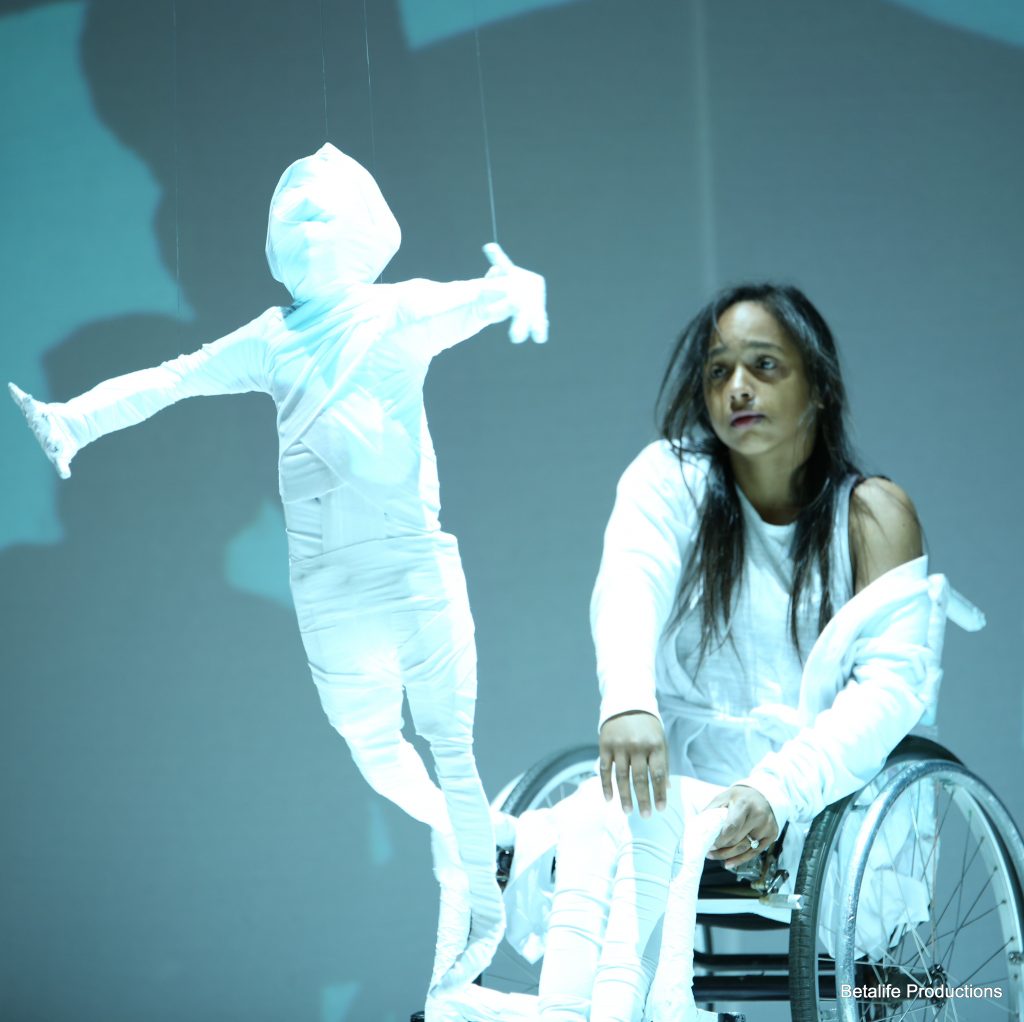
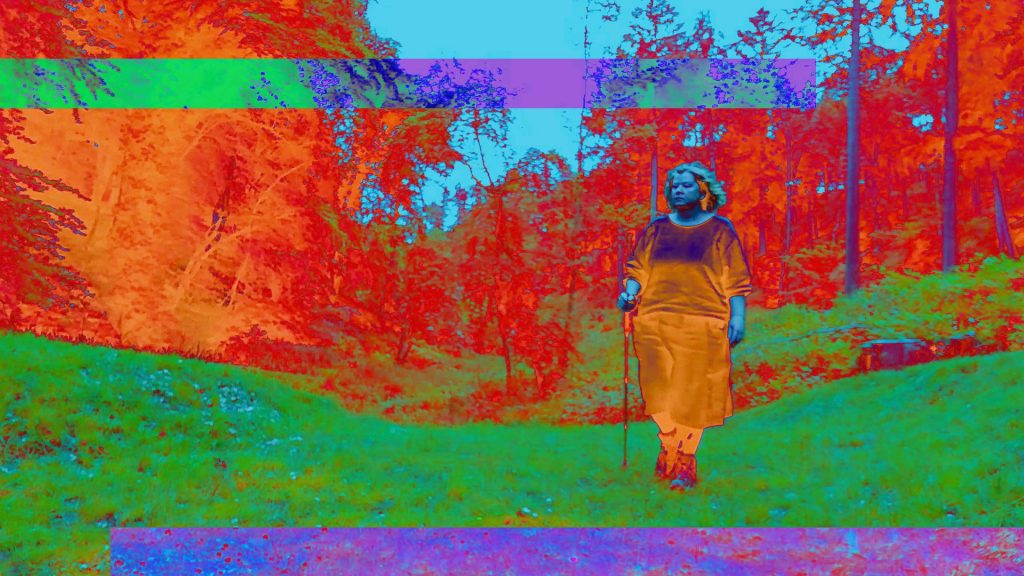
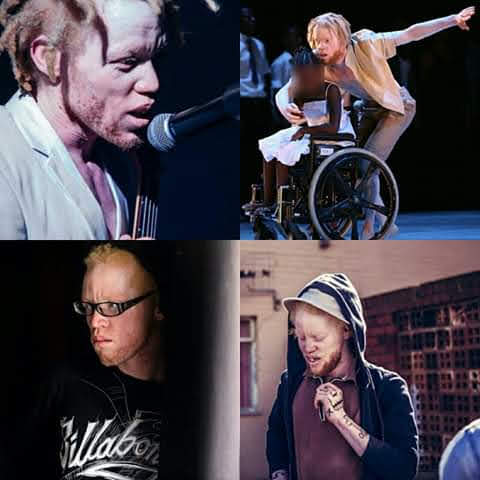
![(text-colour:red)+(background:(hsl:162,0.7238,0.6451,0.7))[Alt/Text: .. (t8n-time:1.5s)[[melted red plastic fingernail on white hand in boiling put of tumeric on cheap stove in Kitchen in Birmingham,->blood on the water]] alongside the River Cole. Inset image: an image of a large police-hand covered tight in sick-blue gloves, which the police wear when they are touching (t8n-time:2s)[[bodies->The Body]] or objects without consent. The rubbered-de-oxiganted-blue police hand holds a dirty white arm, with long read nails; dripping water. The red nails bleed on to fingers. The image is from (link: "this news article")[(goto-url: 'https://www.birminghammail.co.uk/news/midlands-news/hand-arm-found-river-cole-18211227')].Inset 2: black and white night vision police image of the river cole taken from above. T(t8n-time:1.5s)[[his is from the night the police break up a rave in June 2021->police rave]]. Bodies are close to each other. Inset 3: body in pink in front of a bridge over the river looking down at knee](t8n-time:1.5s)[[spit->The foam]]](https://vitalcapacities.com/wp-content/uploads/2021/07/collage2-1024x482.jpg)
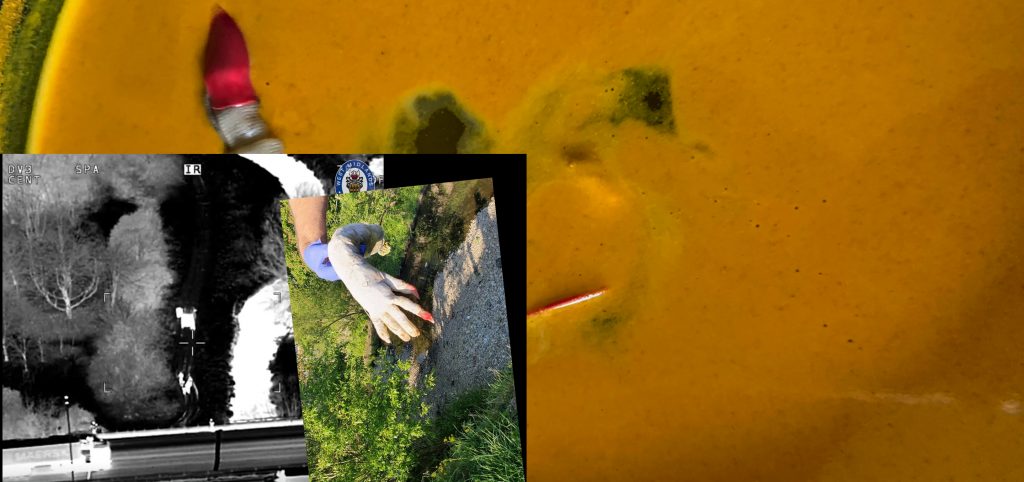
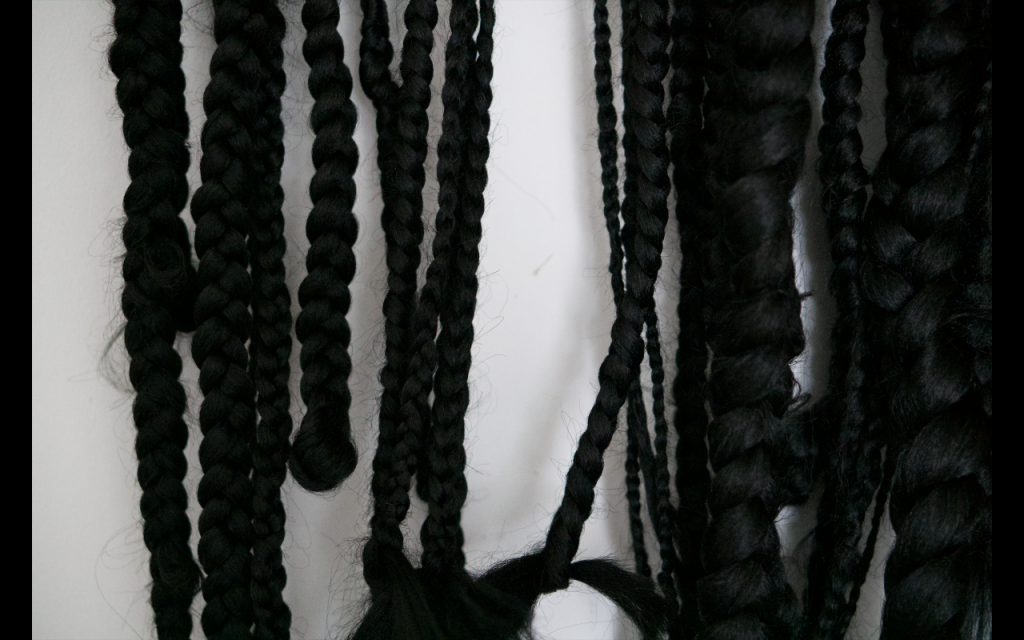
![.. melted red plastic fingernail on white hand in boiling put of tumeric on cheap stove in Kitchen in Birmingham, alongside the River Cole. Inset image: an image of a large police-hand covered tight in sick-blue gloves, which the police wear when they are touching (t8n-time:2s)[[bodies->The Body]] or objects without consent. The rubbered-de-oxiganted-blue police hand holds a dirty white arm, with long read nails; dripping water. The red nails bleed on to fingers. The image is from (link: "this news article")[(goto-url: 'https://www.birminghammail.co.uk/news/midlands-news/hand-arm-found-river-cole-18211227')].](https://vitalcapacities.com/wp-content/uploads/2021/07/two-hnads-768x1024.jpg)
